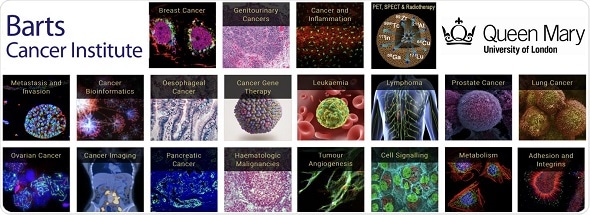Mar 21 2019
Milabs B.V., manufacturer of the world’s only fully integrated SPECT/PET/Optical/CT-scanner, today announces that the core molecular imaging facility at Queen Mary University of London’s Barts Cancer Institute (BCI) has boosted its radionuclide imaging capabilities with a MILabs VECTor PET/SPECT/CT omni-tomography system. Unlike other multi-modality PET/SPECT/CT systems, the VECTor technology enables the acquisition of PET and SPECT images simultaneously, co-registered in space and time. The system can acquire high-resolution images of virtually all diagnostic and radiotherapy radionuclides, fused with anatomical details provided by fast, ultra-low dose X-ray CT.

Pictures copyright of Queen Mary University of London, Barts Cancer Institute
Dr. Jane Sosabowski, BCI’s Cancer Imaging group leader, states:
At the BCI, our researchers are conducting pioneering research in a variety of areas, including targeting tumor cells and the tumor microenvironment to identify new therapies for cancer, all of which would benefit from using the in vivo translational imaging techniques offered by the MILabs VECTor PET/SPECT/CT omni-tomography system. We strive to keep our molecular imaging facility up-to-date with state-of-the-art imaging equipment, including the latest technology for diagnostic and radiotherapy imaging, to ensure that we continue to push the bounds of cancer research”
Dr. Frederik Beekman, founder and CEO comments:
We are very pleased that a growing number of renowned molecular imaging research institutes is appreciating the advanced capabilities of our new generation VECTor-6 in vivo small animal imaging systems. Features such as omni-tomography of PET and SPECT, multi-isotope PET and PET-SPECT, positron range free PET, imaging of virtually all radiotherapy isotopes including alpha and beta emitters at sub-mm resolutions, low dose ultra-high resolution in vivo CT with multi-gating and fluoroscopy are expanding the application reach of molecular imaging beyond traditional diagnostic procedures.”